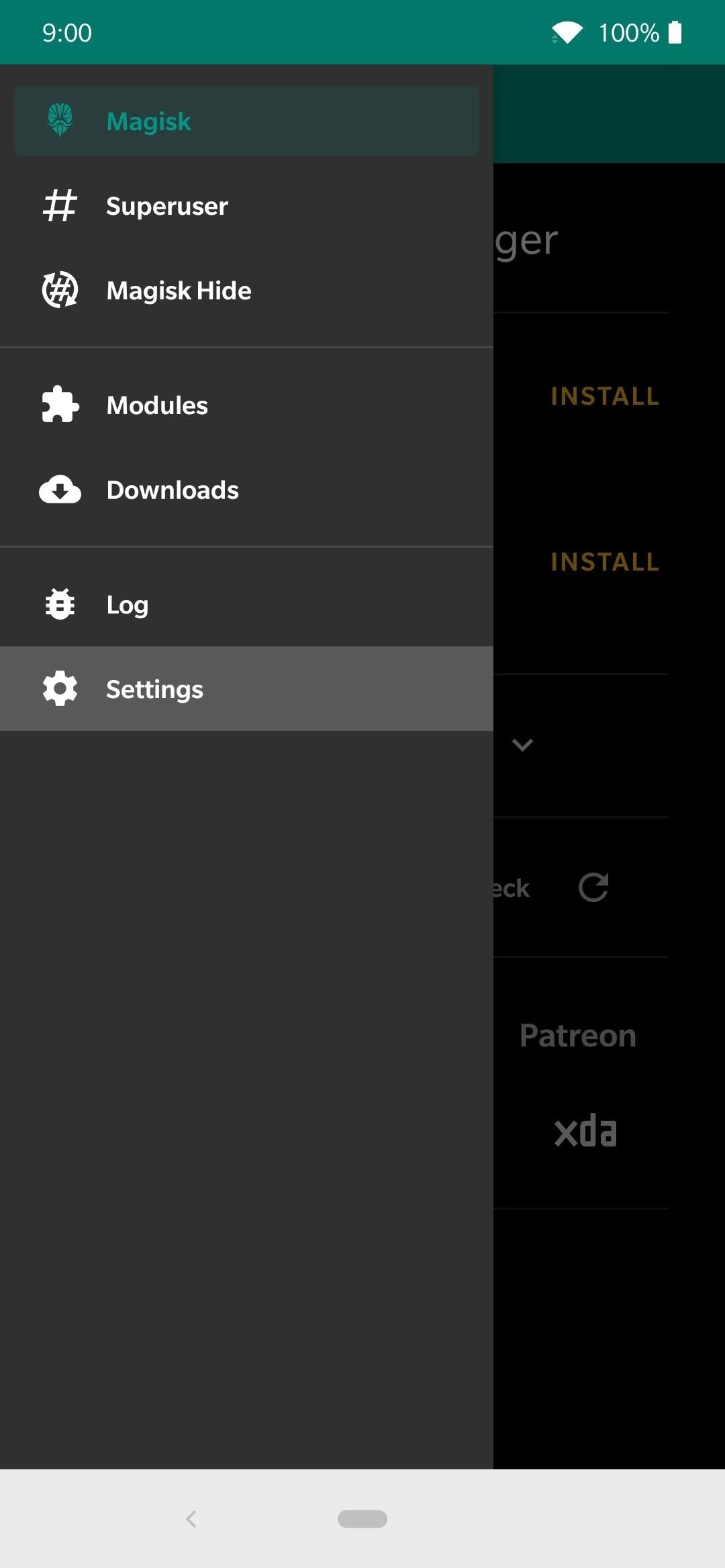SAP signs up for Java camp
ERP vendor makes Java coequal with the company’s legacy ABAP programming language
November 6, 2001 — ERP (Enterprise Resource Planning) applications vendor SAP on Tuesday endorsed the Java programming language in a big way, making it an equal partner with the company’s legacy ABAP programming language in the mySAP.com application architecture.
Through mySAP.com, the company hopes to help users address issues with application integration, by linking applications and services through a collaborative Web infrastructure. The company detailed its plans during the SAP TechEd 2001 technical conference in Los Angeles, Calif.
Key to the company’s plan is to support its technologies in the Java programming environment. Recognizing the industry acceptance of Java, the company will submit its Java-based technologies to Java standards bodies, according to Hasso Plattner, CEO, co-chairman and co-founder of Germany-based SAP.
“From this day on, Java will be an honorable member of the suite of program languages that we use,” said Plattner, who discussed SAP’s Java plans both during a keynote speech and a press conference at TechEd.
“This is the core of the announcement, basically that we can offer Java next to ABAP,” for application development, Plattner said.
A lynchpin of SAP’s Java support is the addition of Java functionality within a new version of the SAP Web Application Server due next spring. This will be included in version 6.20 of the product, according to SAP. Currently, SAP users must deploy a connector to make Java function with the application server.
Despite the endorsement of Microsoft rival Sun Microsystems’s Java, Plattner said SAP remains on good terms with Microsoft. SAP plans to continue its use of the Microsoft SQL Server database and work with the new Windows XP OS and other Microsoft applications. SAP, he said, will figure out a way to live in harmony with the Microsoft’s .Net Web services philosophy.
But an attendee at the show said SAP was marching on a different path than Microsoft. SAP, said Rick Petragallo, network administrator at pipe manufacturer Northwest Pipe of Portland, Ore., was “choosing to go down a different road than what Microsoft’s going down, so it’s a pretty bold statement.”
Still, Petragallo said the decision does not necessarily mean there will be any friction between the two software companies, as SAP still has to function in Microsoft environments.
Indeed, the Web Application Server component of mySAP.com will provide Web services that will connect to technologies such as .Net, according to SAP. But SAP is backing Java 2 Platform, Enterprise Edition (J2EE) and ABAP for provision of Web services.
An analyst said SAP was on the right path in endorsing Java, because Java is being used in large, enterprise-level applications while Microsoft’s specialty has been on the desktop.
“Until Microsoft makes a compelling [case] for .Net in large corporate infrastructures projects, it’s not worth SAP’s time,” said analyst Joshua Greenbaum, principal with Enterprise Applications Consulting, in Daly City, Calif.
Putting Java support in SAP Web Application Server will eventually help the company compete in the Web server space with companies such as IBM, BEA, Sun, and Oracle, Greenbaum said. SAP’s endorsement of exchange-based application integration, meanwhile, will make the company a player against companies such as Tibco and other enterprise application integration players, Greenbaum said.
MySAP.com will feature the Web application server, an exchange and integration infrastructure, and a portal infrastructure. These three infrastructure components will ensure interoperability with other technologies, according to the company.
SAP, in endorsing portals, anticipates that users eventually will spend 80 percent to 100 percent of their days working with a portal interface.
“Every single application you buy in the future will come with portal technology. It is such a superior [technology] that you can’t ignore that,” Plattner said.
SAP is endorsing an exchange infrastructure for internal and external integration and use of Web services.
SAP, through its integration efforts, plans to enable users to link to applications such as Siebel Systems customer relationship management software.
“For a portal designer, Siebel is as important as mySAP CRM,” SAP’s own CRM application, Plattner said.




